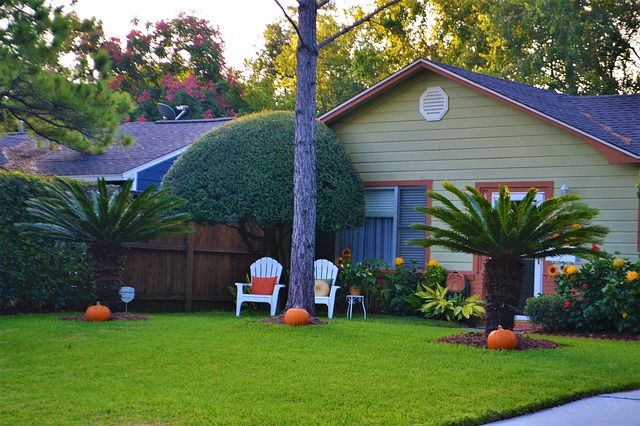Introduction
Proving that a tenant is subletting can be a challenging task for landlords or property managers. Subletting occurs when a tenant rents out all or part of their rented property to another person without the landlord’s permission. This practice can lead to various issues, such as lease violations, potential damage to the property, or even legal complications. In this article, we will explore some effective methods to prove that a tenant is subletting, helping landlords take appropriate action to address this violation.
Review the Lease Agreement
Terms and Conditions: Start by carefully reviewing the lease agreement signed between the landlord and the tenant. Look for any clauses that explicitly prohibit subletting or require the landlord’s written consent for subletting. These terms and conditions will serve as the foundation for proving the tenant’s violation.
Documentation: Ensure that you have a copy of the signed lease agreement, as it will be essential evidence in case of legal proceedings. Make sure the agreement clearly states the tenant’s responsibilities and restrictions regarding subletting.
Physical Evidence
Surveillance: Conduct discreet surveillance of the property to gather evidence of unauthorized occupants. Look for signs of additional people living in the unit, such as increased foot traffic, multiple vehicles parked regularly, or unfamiliar individuals frequently entering or leaving the premises.
Mail and Packages: Keep an eye on the mail and packages delivered to the property. If you notice names on the packages or mail that do not match the tenant’s, it could indicate that someone else is living in the unit.
Utility Usage: Monitor the utility usage for any significant changes. If there is a sudden increase in water, electricity, or gas consumption, it might suggest that additional individuals are using the property.
Online Investigation
Social Media: Check the tenant’s social media profiles for any indications of subletting. Look for posts or pictures that suggest the tenant is living elsewhere or advertising the property for rent.
Online Rental Platforms: Search popular online rental platforms to see if the tenant has listed the property for subletting. Take screenshots or printouts of any relevant listings as evidence.
Review Websites: Explore review websites where tenants can leave feedback about their rental experiences. Sometimes, tenants may inadvertently reveal their subletting activities in their reviews.
Interview Neighbors and Witnesses
Neighbors: Speak with neighbors who live near the tenant’s unit. Inquire if they have noticed any unusual activities or if they have seen different people coming and going from the property.
Witnesses: If you have received complaints from other tenants or witnesses regarding the subletting, gather statements from them. These testimonies can support your case if legal action becomes necessary.
Conclusion
Proving that a tenant is subletting requires a combination of careful observation, documentation, and investigation. By reviewing the lease agreement, collecting physical evidence, conducting online research, and interviewing neighbors and witnesses, landlords can build a strong case against the tenant. It is crucial to follow the legal procedures and consult with legal professionals if necessary to ensure that the evidence is properly presented and the appropriate actions are taken.
References
– Landlordology: How to Prove Your Tenant Is Subletting – landlordology.com
– NOLO: How to Handle a Tenant Who Sublets Without Permission – nolo.com
– The Balance Small Business: How to Prove Unauthorized Occupancy in a Rental Property – thebalancesmb.com













